Our Favourite ‘Bee Loving’ Blooms
When choosing flowering plants for your garden, there are a few things we always consider when selecting the plants to support bees and other pollinators.
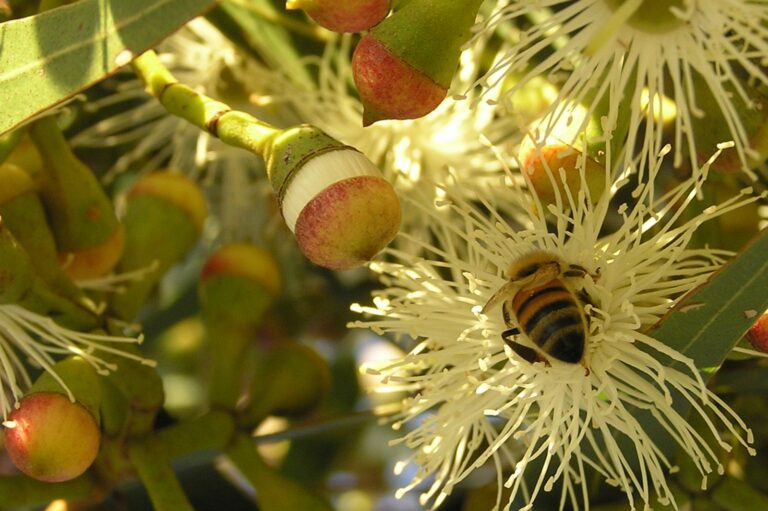
Nectar & Pollen
Flowers that attract bees provide abundant nectar and pollen, the only sources of carbohydrates and protein in a bee’s diet. Choosing flowers that produce high amounts for nectar and pollen will create a haven for bees and keep them coming back through the season.
Flower Shape & Colour
Choosing flowers with cup or open shaped blooms make the nectar and pollen easily accessible for bees to collect and feed. Bees see flowers in the blue and purple colour spectrum better than other hues and are naturally attracted to them.
Flowering Cycles & Timing
Choosing plants with long flowering cycles will ensure there is food available for bees when most other flowers aren’t in bloom. Although spring and summer may seem to be when bees are at their busiest, it’s best to plant varieties of flowers that will bloom throughout the year, particularly during the cooler months when there is less on offer for bees to collect.
Our favourite bee friendly blooms
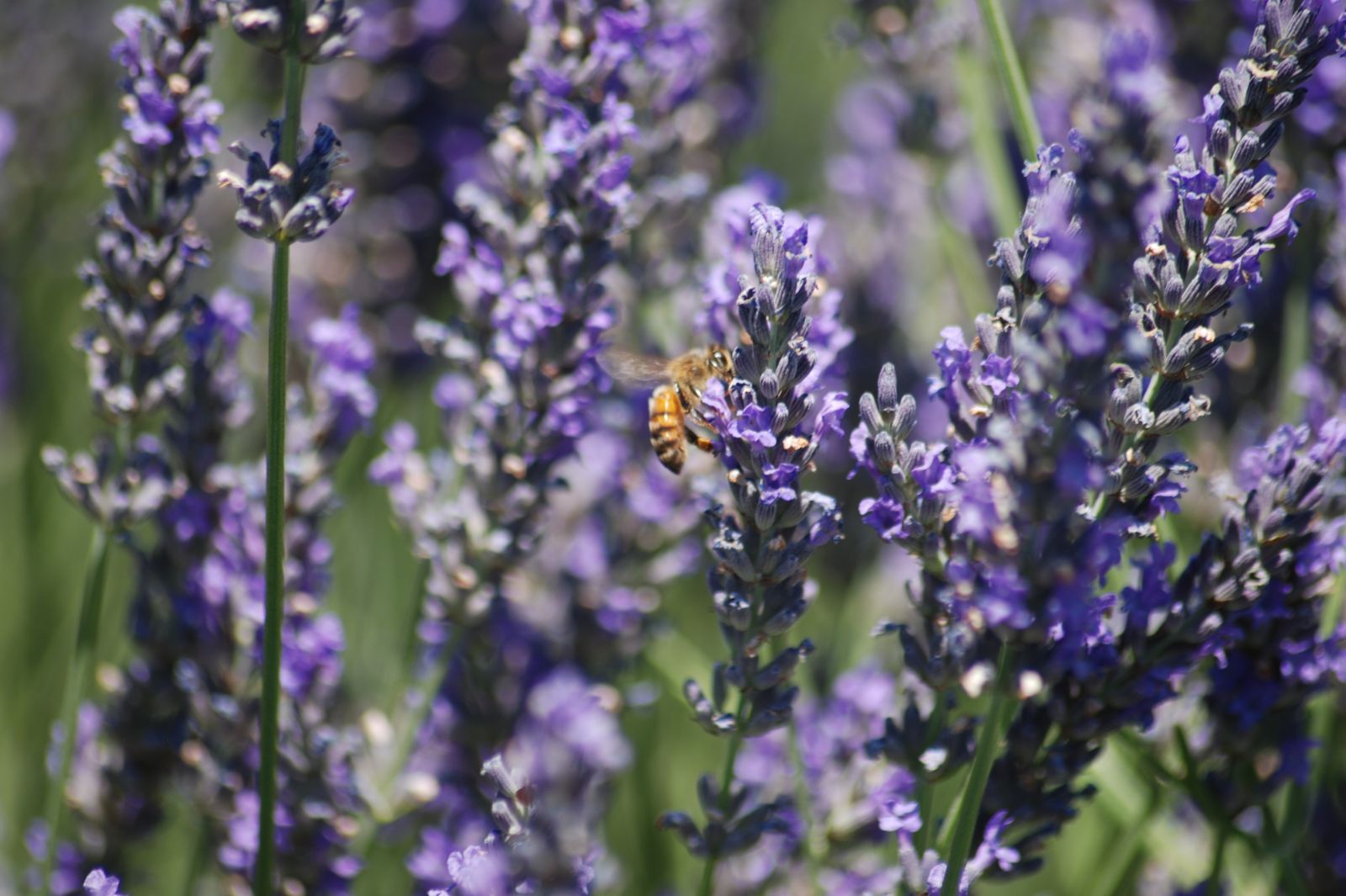
Lavender
Lavender is one of those plants that is almost always flowering and is hardly ever seen without a mass of bees all over it. From French to English lavender, the various types of this beautifully showy shrub can be planted to ensure that there is always some type of lavender on the menu for the bees in your garden.
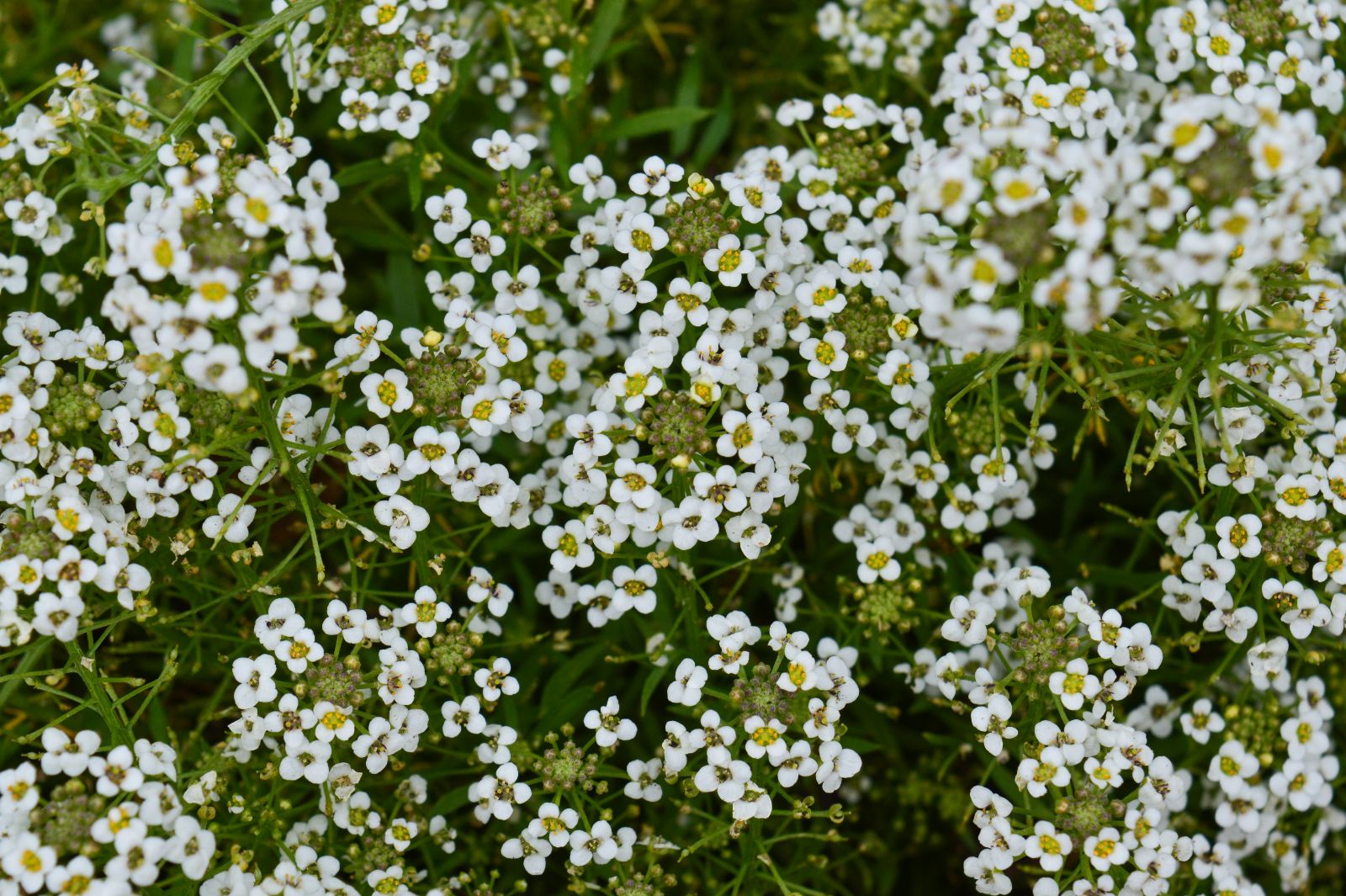
Alyssum
Alyssum flowers produce a strong smell that bees can detect from long distances. Clustering flowers means there is plenty of nectar for bees to collect. These plants can grow and bloom all year long, which maintains its benefit for bees throughout the year. They usually come in white, lavender, and pink — all colours that bees love!
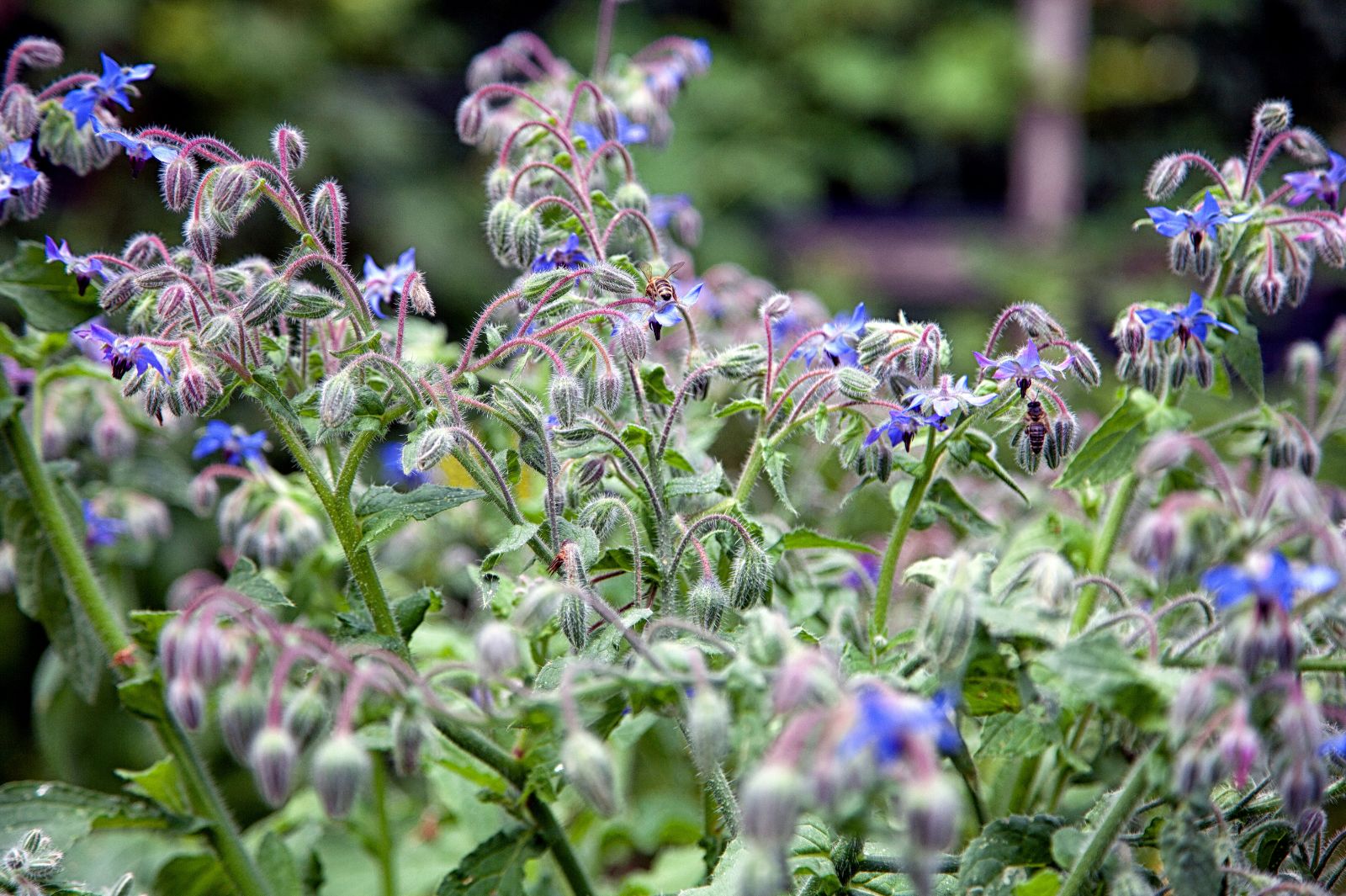
Borage
Borage is a powerhouse for supplying pollen and nectar for bees! It is an incredibly hardy, prolific self-seeding annual herb that will come back year after year with very little effort and the bees will go mad over its small blue flowers.
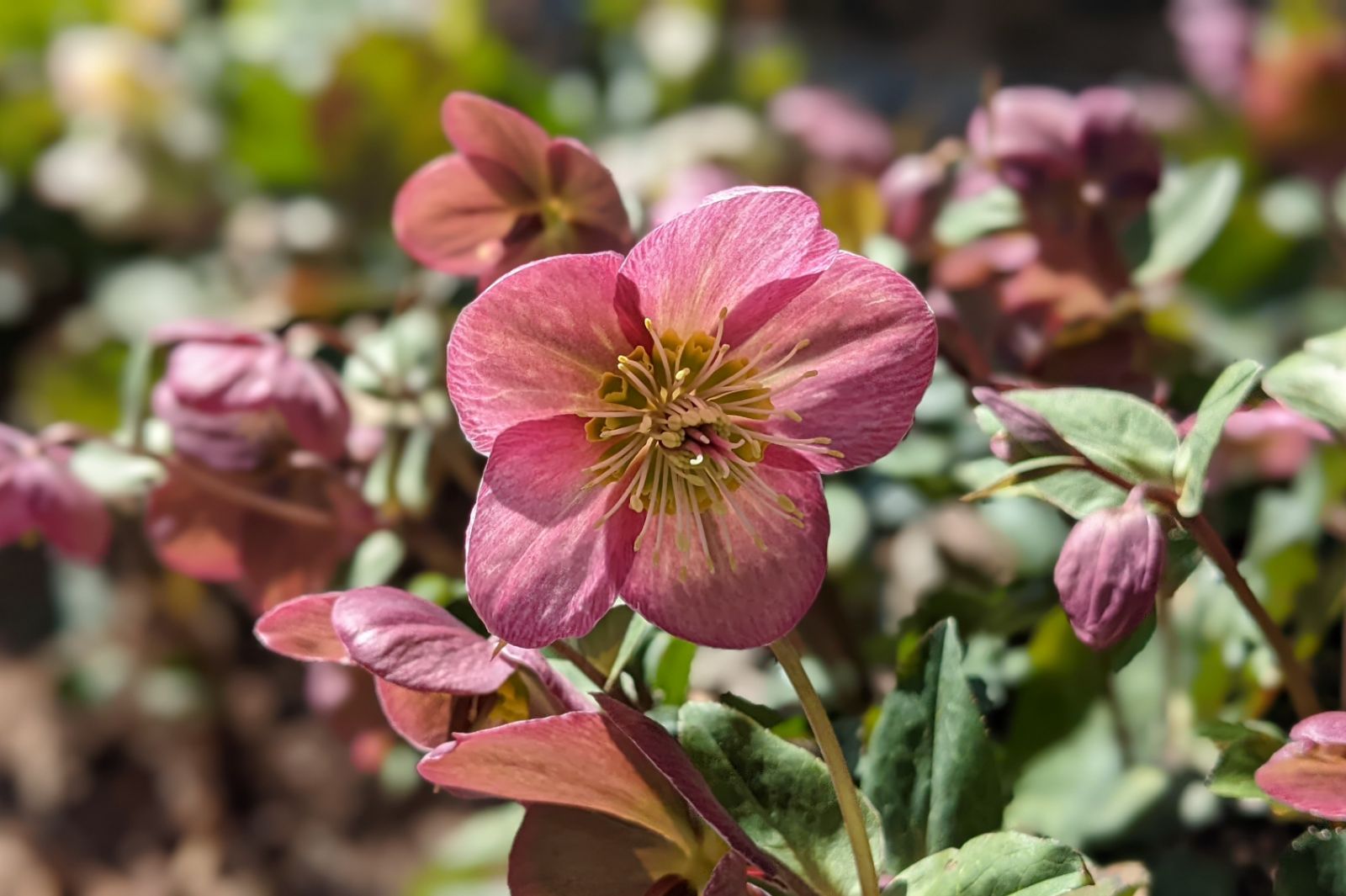
Hellebores
Hellebores are a good source of spring nectar for honeybees. They’re also handy plants for growing in the shadier spots of your garden.
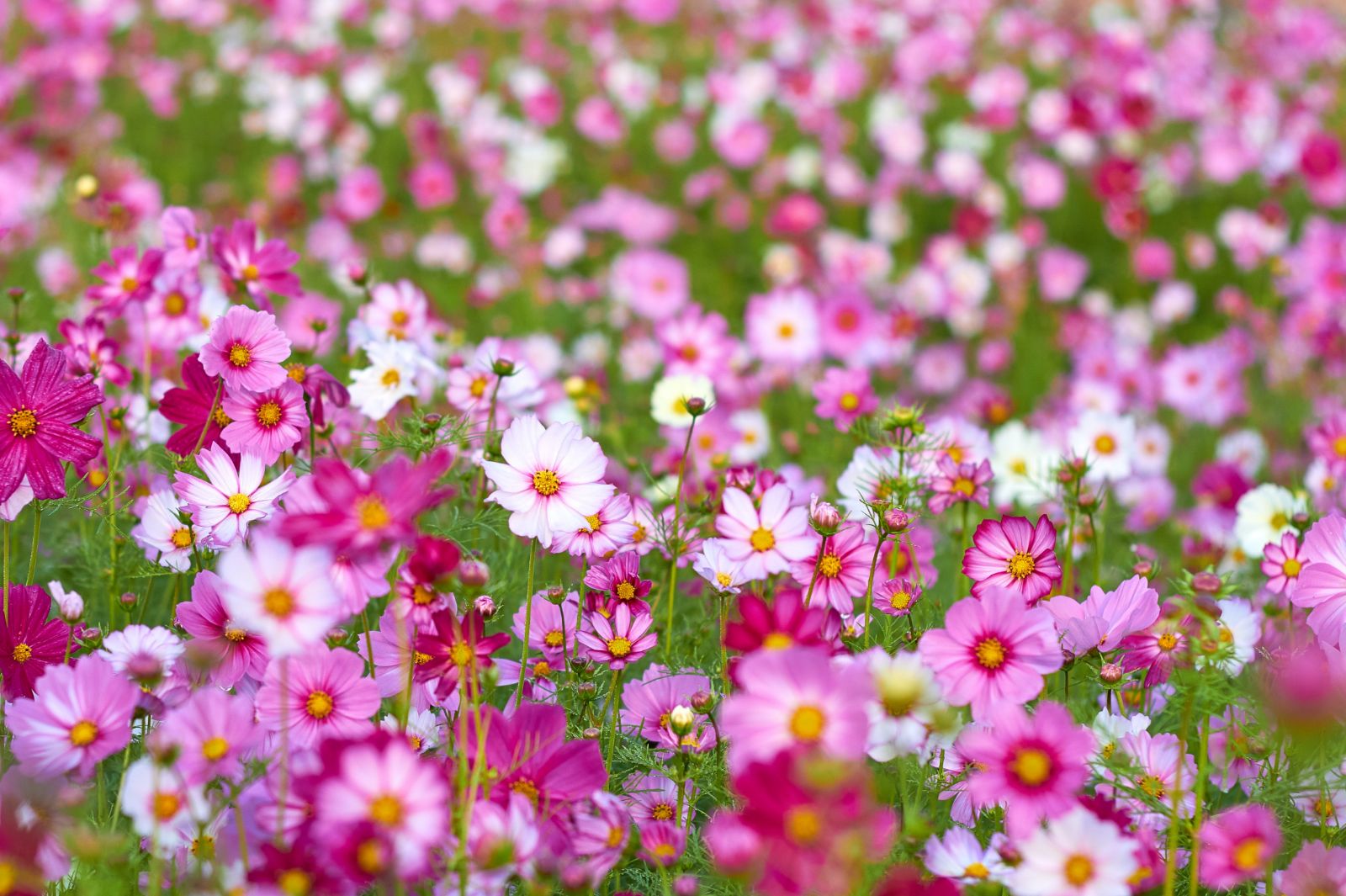
Cosmos
Cosmos are one of the best annual bedding plants for bees. They have a fabulous, simple, open flower that provides easy access to its nectar for all flying insects.
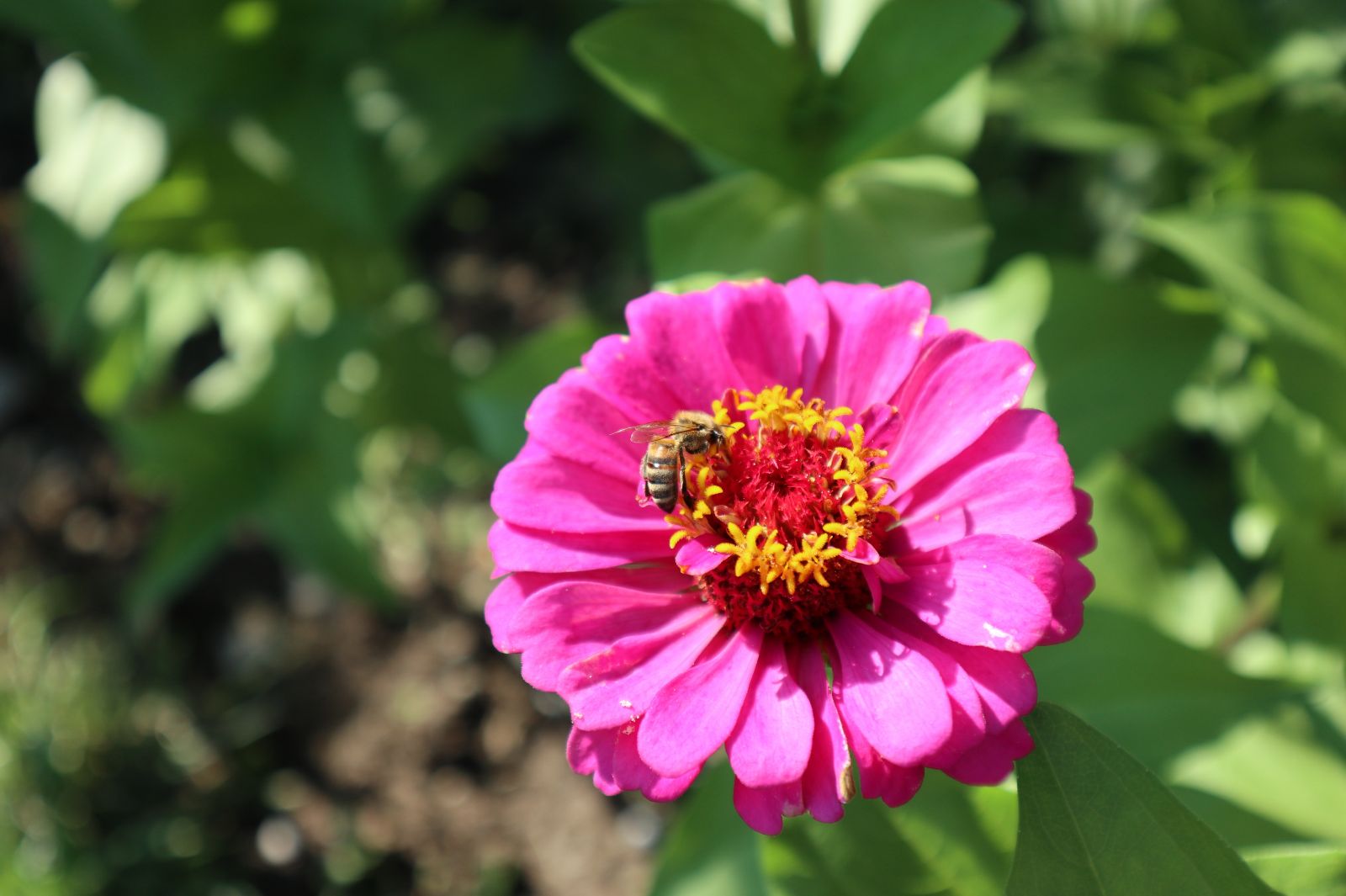
Zinnia
Even though bees cannot see red, bees visit these lovely flowers anyway – including the red ones, no doubt attracted by the ultraviolet markings in the petals, and the apparent food reward on offer.
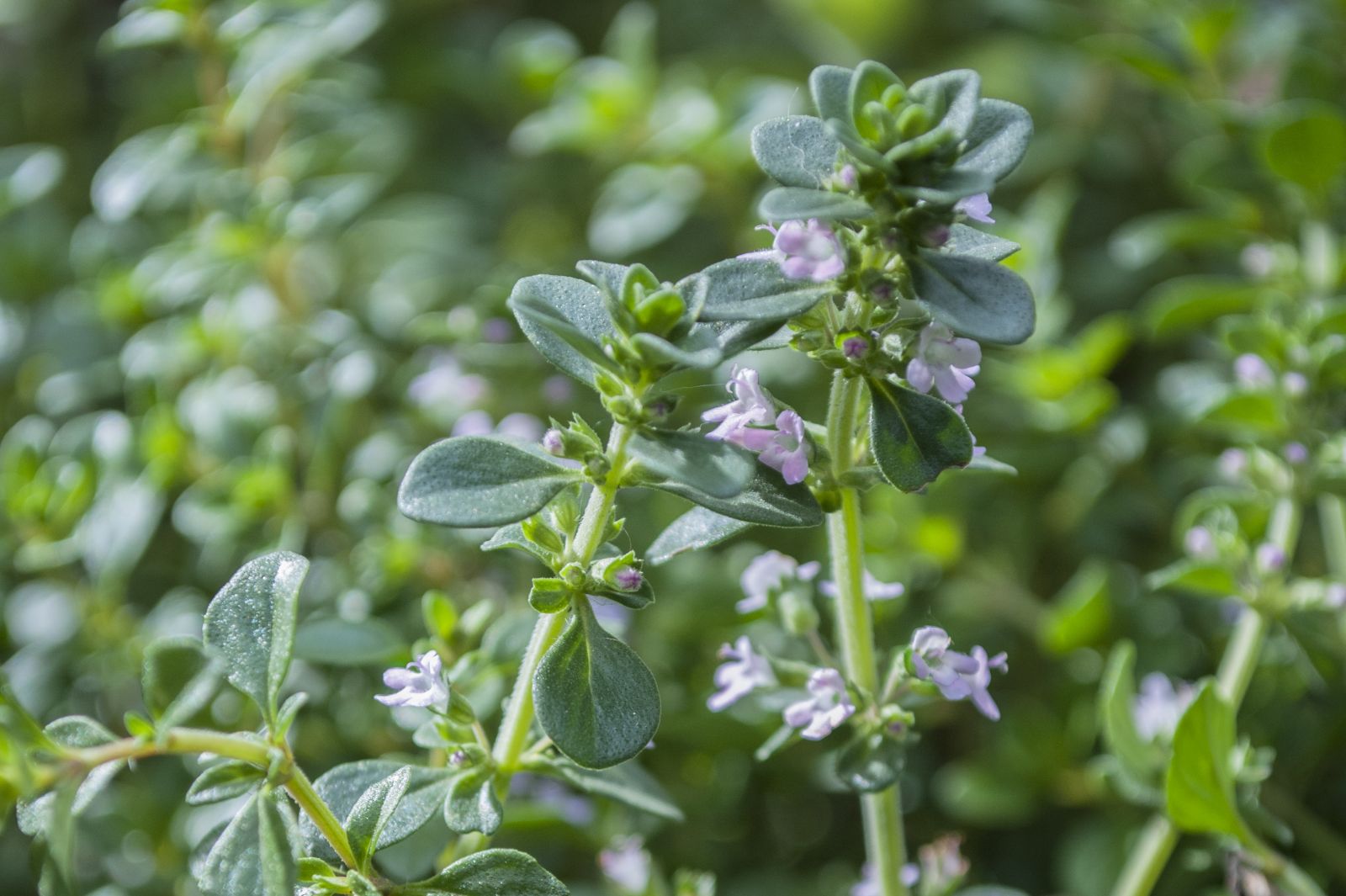
Herbs
Flowering herbs such as rosemary, thyme, and basil are not necessarily known for their flowers, however they’re perfect companion plants to have in the patch. They will assist in bringing the beneficial pollinators into the garden and you can of course add them to your favourite dish!
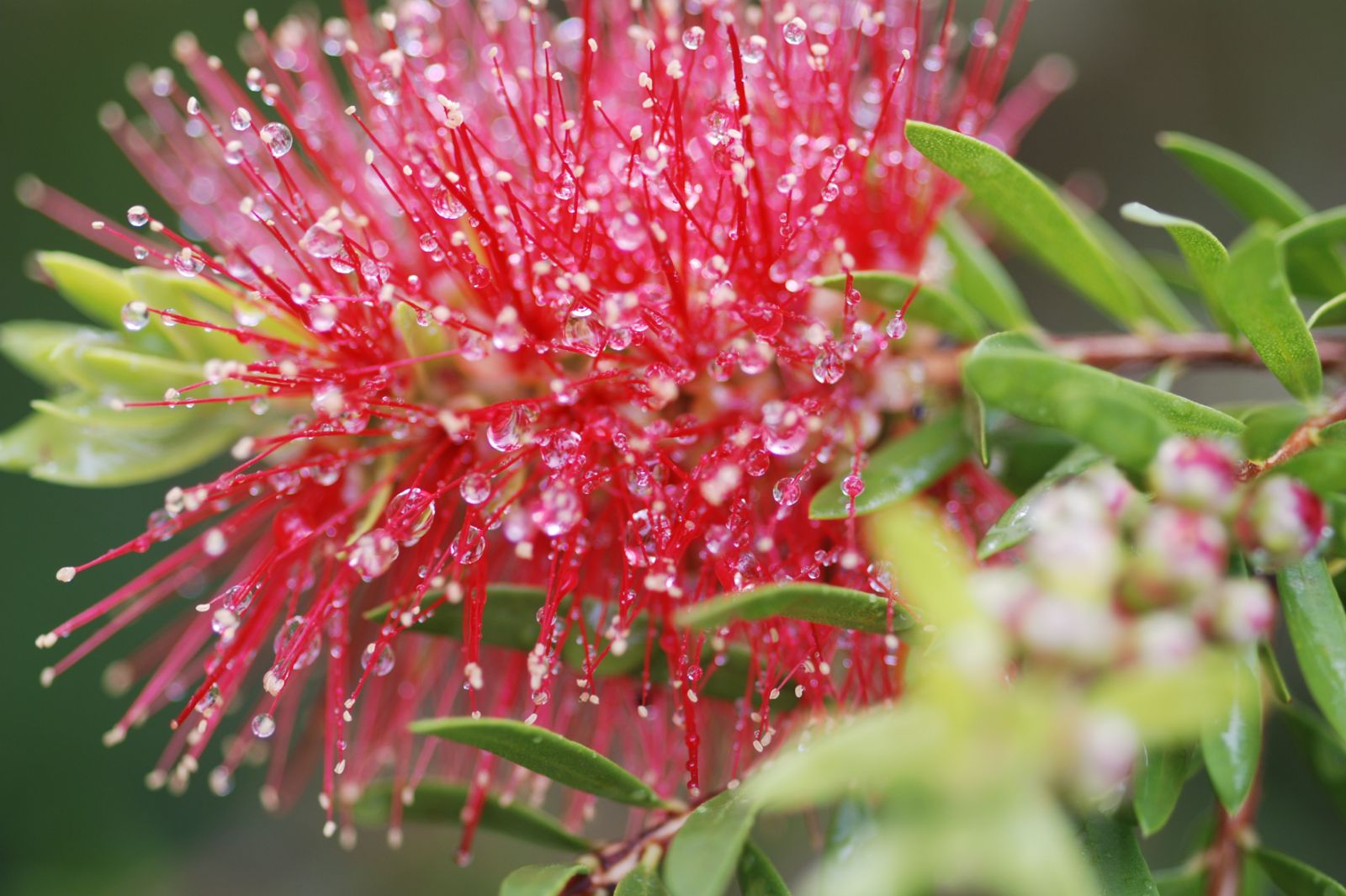
Australian Natives
We couldn’t forget the natives! As well as all the exotic flowers, be sure to plant a host of native flowering plants. These are great for honeybees but also native bees and produce large amounts of nectar and pollen. Be sure to check the variety, you may need more room in your garden for these ones!

